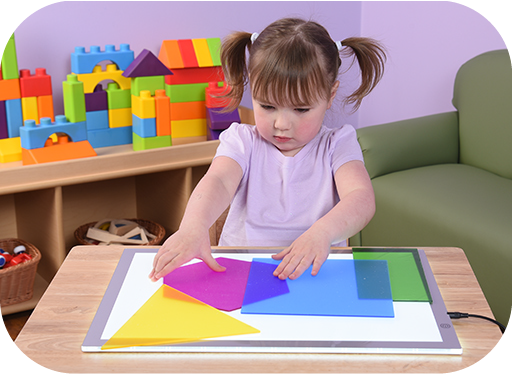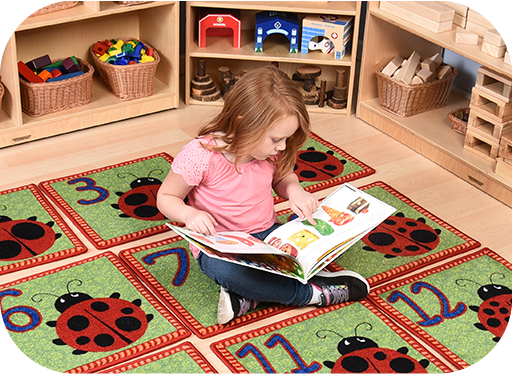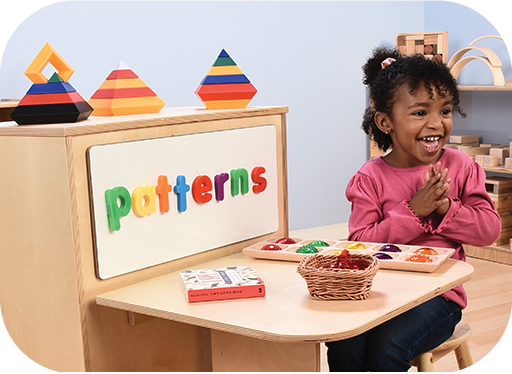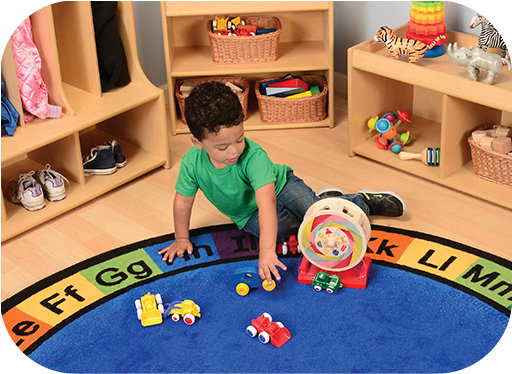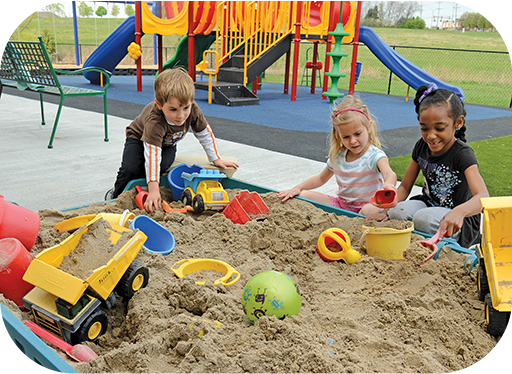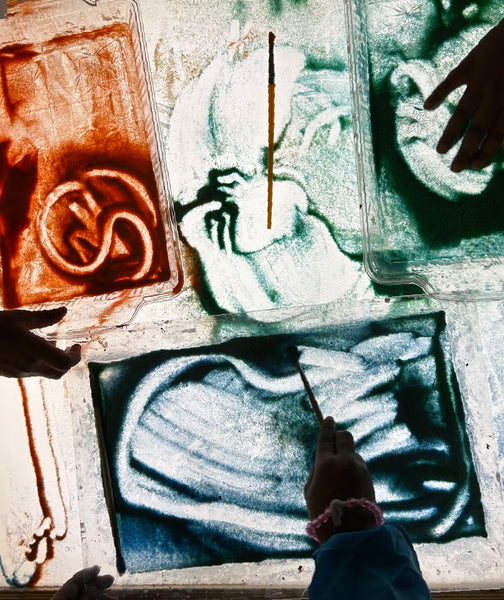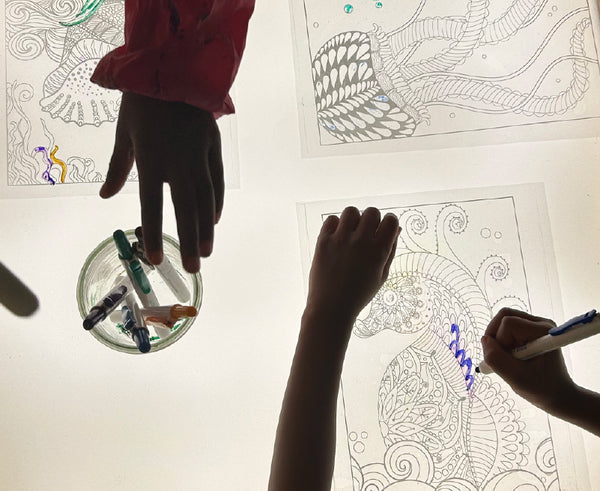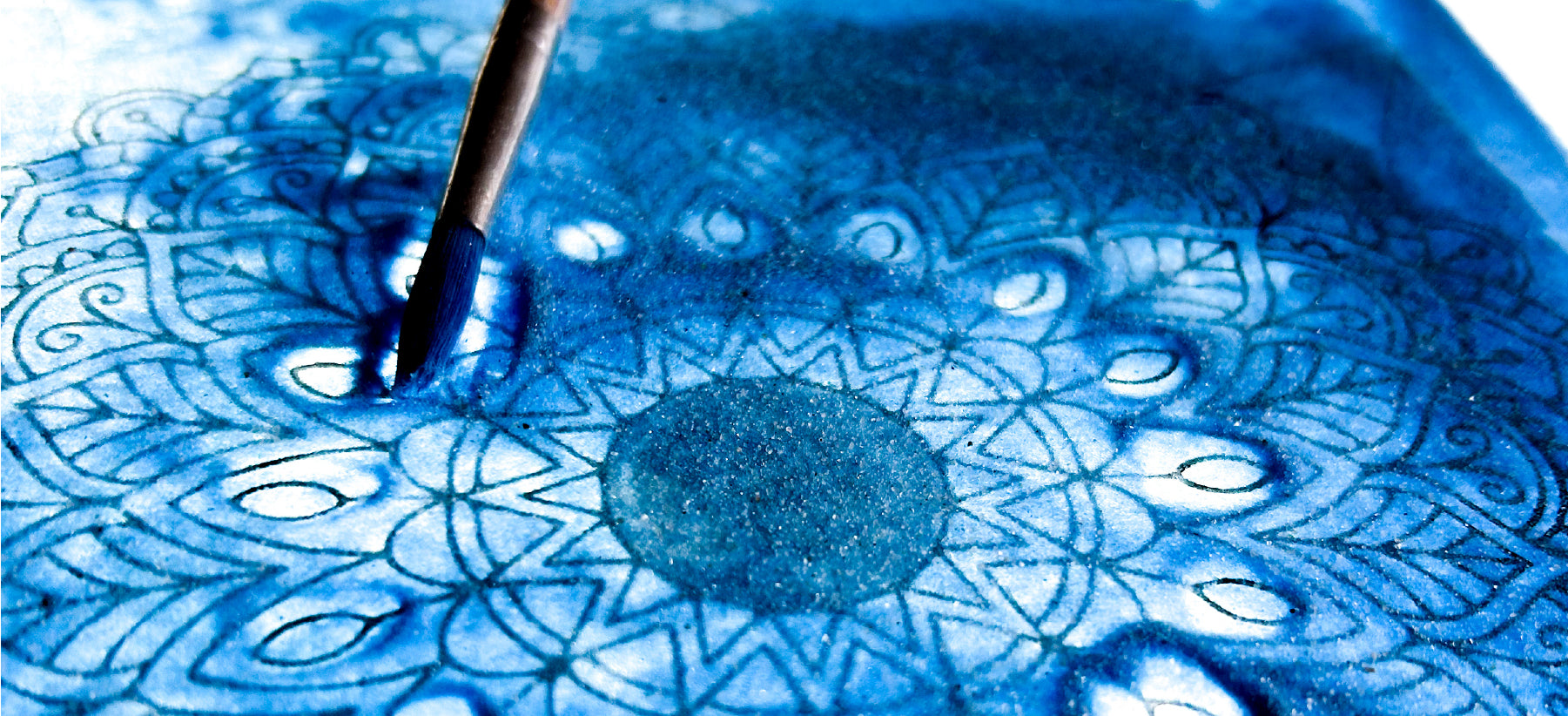
Illuminating Learning: How Light Tables Support Differentiated Instruction

Take for example, a project on “Bold Women in Black History”. This art project was designed to reinforce the student’s learning happening in their conventional classrooms. Older students used stencils to trace and cut out figures and accessories to make paper dolls.
For our youngest learners, we taped transparencies of our figures to the light table and then placed watercolor paper on top of it for easy tracing. This way our kindergarteners were able to participate in a project that would otherwise be beyond their abilities. They also added a strategy to their skill set for future projects.
Sand is an excellent medium for exploring on a light table. It can easily be used in so many different ways.
When we introduced sand for the first time in the school year, it was important to consider how it would be meaningful to each age group.
For the youngest students, the focus was primarily on sensory exploration. The students' attention was captured as they poked, swirled and sifted the sand revealing patterns of light as they played.
Our first and second graders enjoyed the sensory aspect of the sand play as well. In order to elevate the experience, however, paintbrushes and name tags were added to the table. Students practiced writing their names in the sand and soon were writing each others’ names as well. As these emergent writers discovered this new medium, they began writing attempting phrases and sentences to write messages to one another.
Older students also enjoy sensory exploration though they tend to be more reserved in their approach. Creating a stimulating challenge was as simple as printing mandelas onto transparency paper. The patterns were taped to the light table under the clear sand trays. The fine-tipped paint brushes revealed the patterns of the mandels underneath. We use this activity as one of our mindfulness stations located around the art room.
Transparencies offer so many possibilities for the light table. Another mindful activity that each age group enjoys is coloring sheets. By copying coloring sheets onto transparencies, students can use dry erase markers to add luminous color.
Exploring color is always more fun on a light table! One of our favorite mediums to experiment with color is with liquid watercolor and droppers. Students have endless fun creating endless color combinations. The light that shines through highlights the beautiful swirls as the colors mix together. This activity can be used simply for play with younger students all the way to studying color theory with older students. Moving activities to the light table elevates the experience by adding more dimension and beauty.
How do you use your light table? Tell us in the comments.


